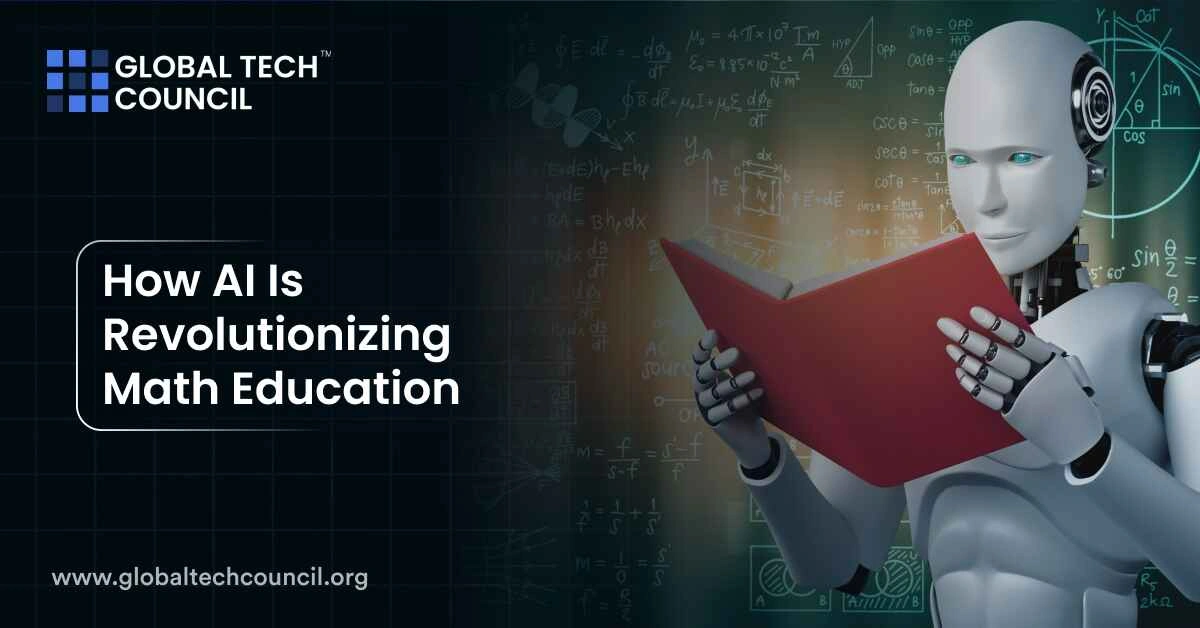 When we were kids, there were things called “textbooks”. Kids are solving complex equations on pocket computers now (or phones, as most people call them). Math is usually seen as a tricky subject for so many students.
When we were kids, there were things called “textbooks”. Kids are solving complex equations on pocket computers now (or phones, as most people call them). Math is usually seen as a tricky subject for so many students.
But it has become more accessible and engaging thanks to artificial intelligence. And no, it’s not just for kids who want to cheat on their homework. It has real value.
Here’s how AI is stepping up in math education. Let’s dig into how the buzzword of the year is making advanced math feel approachable and how this tech is breaking down barriers to learning.
Next-Level Math Tools For Everyone
Remember when calculators were little more than devices that handled addition, subtraction, and multiplication? You know…the thing that now comes standard on any smartphone…
AI has turned that basic idea into something extraordinary. Calculators and equation solvers have come a long way.
Smarter Calculators, Better Results
AI can show the steps, explaining methods, and helping students actually learn the concepts behind those numbers.
For example, tools like trigonometry calculator at Symbolab enable students to input everything from simple equations to calculus-level problems.
They provide the final answer and offer detailed explanations for how the problem is solved.
Yeah. That’s a big deal. Think about how often people memorize steps without really understanding why a formula works. Now the focus shifts from spoon-feeding answers to genuinely learning the logic.
Adaptive Learning Systems
The tech goes beyond the reactive. It can also be proactive by understanding individual learning gaps. Imagine a platform analyzing where students consistently trip up in algebra and tailoring practice exercises to help them overcome those specific hurdles at their own pace.
AI doesn’t replace learning. It enhances it. It doesn’t make math easier. It makes it easier to understand. That’s how responsible AI is done.
How It Democratizes Learning
Math has always been a subject where students either excel – or crumble like a cardboard box in a hurricane.
One of the reasons for this disparity is access – not everyone has the same quality of resources for teachers. New tech levels the playing field.
Making Learning Accessible to All
One of the best things about digitized math education is that it’s available to everyone. Whether you’re in a well-funded private school in Los Angeles or a small village in Indonesia, these platforms bring quality math education to the masses.
Think about it. A student who once struggled with understanding geometry due to the lack of proper resources can now use visualization tools to get a clearer picture. No expensive tutors. No barriers. Just knowledge at their fingertips.
Bridging Language Barriers
For learners in non-English speaking countries, math content in English has always been an issue. A lot of times, it’s all the school system can afford. They think they should teach students anyway, so they might as well knock out two birds with one stone.
Some platforms are starting to support multiple languages to break that barrier – something desperately needed in many parts of the world.
Affordability
Traditional tutoring, while helpful, comes with hefty price tags. On the other hand, many AI tools come at drastically lower costs or are entirely free. For families on tight budgets, it provides an opportunity to close knowledge gaps without draining the bank account.
Embracing AI Can Transform Math Education
Integrating AI into math education has the power to transform a generic classroom, where some kids struggle while others excel, into a wondrous place of opportunity for all.
Personalized learning, breaking down language barriers, and providing affordable solutions create an environment where every student can thrive. And AI can deliver on all of it.
It’s time to embrace these innovations and unlock the full potential of learners everywhere. The future of math education is more inclusive, accessible, and transformative than ever before.